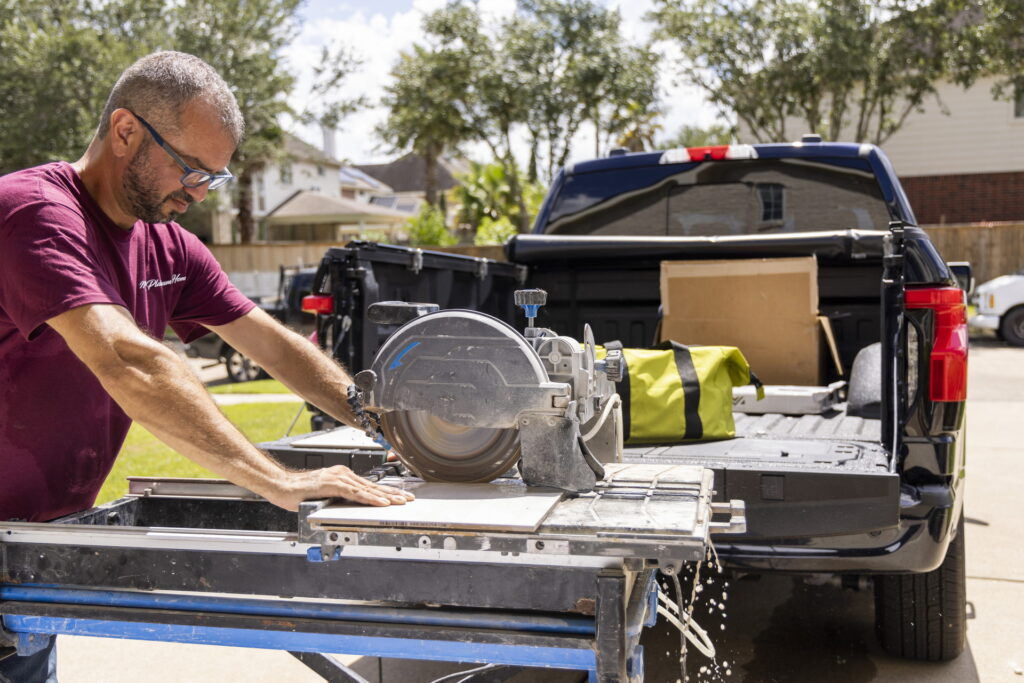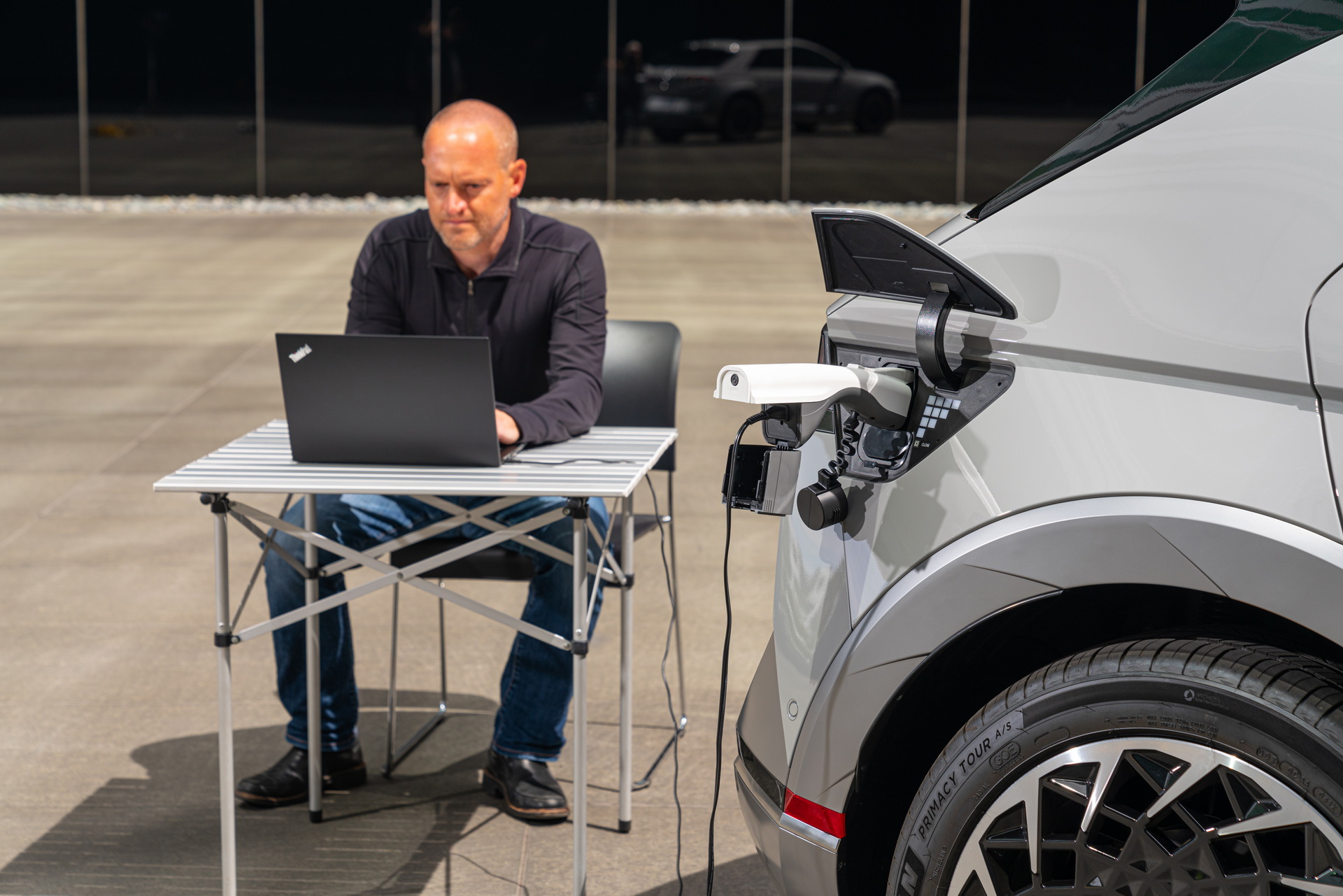At the turn of the millennium cellphone makers and service providers were blindsided when the public seized on their new handsets’ ability to send text messages, a feature conceived as secondary to actually making and receiving calls.
And nowadays EV owners and makers are discovering that the cars and trucks they bought to cut running costs and clean up their local air have an equally useful and surprising feature that they’re now wondering how they ever lived without.
We’re taking about bi-directional charging, or two-way charging, the ability to use an EV’s battery to power external devices or homes, or even to send power back to the grid. It’s a function that’s increasingly being offered by new EVs, though is not standard across the board. Vehicles that do offer it include the Nissan Leaf, Ford F-150 Lightning, Hyundai Ioniq 5, Kia EV6 And Mitsubishi Outlander PHEV.
Related: Nissan Approves Charger That Can Draw Energy From LEAF To Power Your Home
The feature is proving particularly popular in China, where one in every five new cars is an EV, and could help boost EV take-up in the U.S. and Europe, regions where the switch to electric power is happening more slowly. Marketing messages from Ford and Hyundai in North America have emphasized that bi-directional changing can make camping trips more fun, and provide added convenience for tradespeople working on sites that don’t have easy access to electric power outlets.
Auto News China reports that the boss of a construction firm used his BYD hybrid to power the heating at a friend’s house in 2019 during a 20-hour blackout, and relies in it every day at work to boil a kettle for his crew’s tea breaks.
Not all EVs that offer bi-directional charging do it equally, however. Cars with vehicle-to-load capability (V2L) can provide AC power to charge large electric devices, and don’t need a special bi-directional charger, relying instead on an integrated inverter. As its name suggests, vehicle-to-home (V2H) charging can send power to a home, lessening demand on the grid and potentially saving the homeowner money during peak hours, and vehicle-to-grid (V2G) can send power back into the grid, but requires a power converter to switch the power back from DC to AC.
One high-profile EV firm notably absent from this trend is Tesla, which in common with some battery experts has cited concerns about battery degradation.
Would the ability to charge devices and homes and send power back to the grid make you more likely to switch to an electric vehicle? Leave a comment and let us know.





